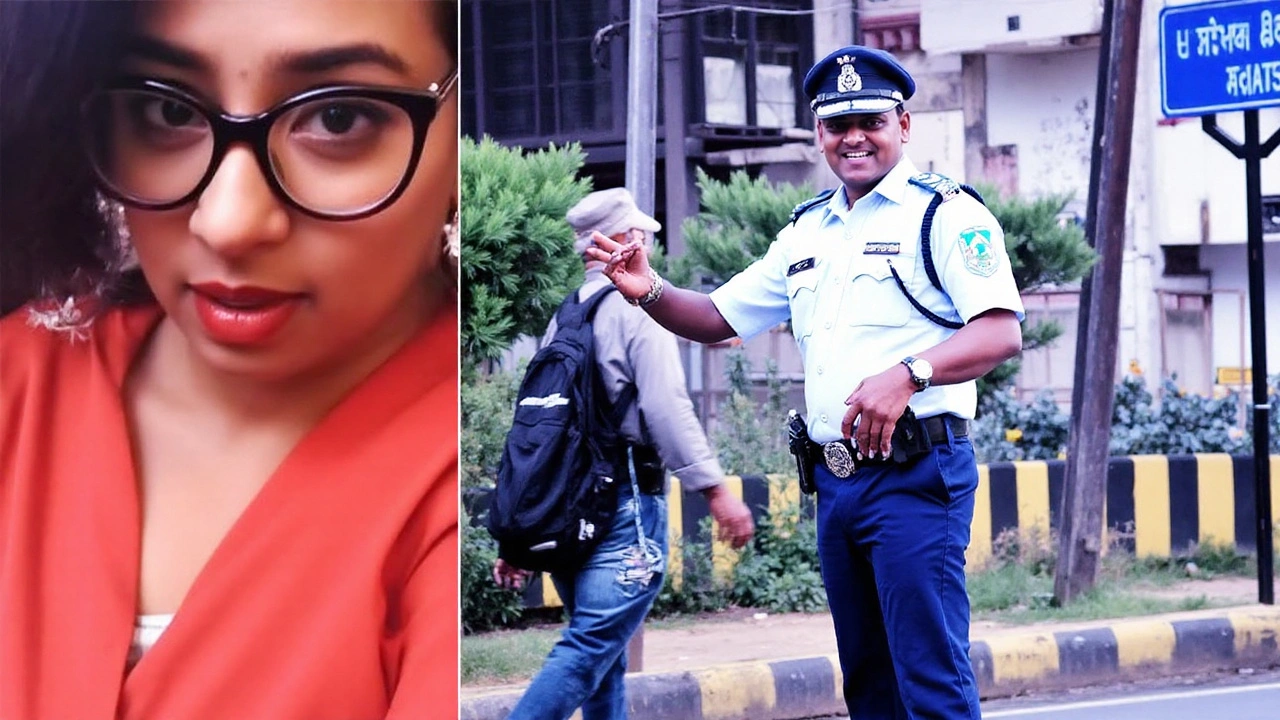Indore Dancing Cop: The Viral Police Dance That Shocked India
When a video of an Indore police officer breaking into a spontaneous dance hit the internet, millions stopped scrolling. The clip showed a uniformed cop grooving to a Bollywood beat right in the middle of a busy street. Within hours, the post was shared across social media, sparking memes, comments, and endless replay loops. People laughed, cheered, and wondered: why would a police officer dance on duty?
First, the video’s charm lies in its surprise. Police are usually seen as stern, rule‑enforcing figures. Seeing an officer let loose flips that expectation on its head. The dancer’s moves were simple—foot taps, shoulder shimmies, a little hip sway—yet they felt authentic, not staged. That honesty made it relatable. Viewers felt they were catching a glimpse of a real person behind the badge, not a polished PR stunt.
Why the Video Went Viral
Social media thrives on contrast and emotion. A police officer dancing creates a striking contrast that grabs attention. The humor factor—mixing authority with entertainment—made people want to share it. Moreover, the song choice mattered. The background track was a popular Hindi number that many Indians know by heart, adding a layer of cultural familiarity.
Another driver was the timing. The clip appeared during a period when discussions about police‑public relations were heated across India. Citizens were looking for signs of a softer, more approachable force. The dancing cop inadvertently became a symbol of that desire. Comment sections filled with hope that more officers might adopt a friendlier vibe.
Finally, the algorithm played its part. Platforms like Instagram and Facebook prioritize content that receives rapid engagement. As likes and shares piled up, the video was pushed to even larger audiences, creating a snowball effect.
What It Means for Policing in India
While a single dance video won’t rewrite policing policy, it does highlight a shift in how officers are thinking about community outreach. Modern policing is moving beyond enforcement to building trust. Small gestures—like a friendly smile, a helpful tip, or a brief dance—can humanize the badge.
Some departments have already embraced this trend. Training modules now include communication workshops, and a few stations host short cultural events. The Indore cop’s dance may inspire others to incorporate local art forms into public interactions, especially during festivals or community gatherings.
Critics argue that such stunts could undermine authority or distract from serious duties. The key is balance. Officers must remain vigilant and professional, but adding a moment of light‑heartedness when appropriate can break down barriers.
If you’re a citizen, the video sends a simple message: police are people too. If you’re an officer, it nudges you to think creatively about how to connect with the public. Whether it’s a dance, a song, or a quick chat, the goal is the same—building mutual respect.
In the weeks after the video went live, the Indore police department released a statement acknowledging the clip. They praised the officer’s enthusiasm and reminded the public that safety remains the top priority. The statement also encouraged other officers to engage positively with the community, using culturally relevant methods.
So, the next time you see a cop in a uniform doing something unexpected, pause and consider the bigger picture. It might just be a glimpse of a new, more approachable era of policing in India.
